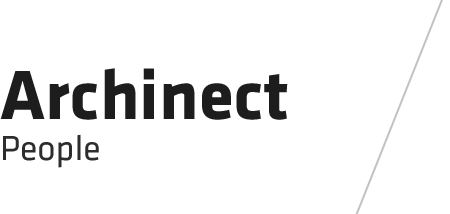
As a culture, we must waste to progress. We purge outdated science, fashions , and ideologies as well as products. However, since the second half of the twentieth century, consumption has became excessive. The marked imbalance shows the paradox of the dual constructive and destructive powers humans hold.
Trash is an unknown liability. It carries the negative connotations of uncleanliness and death. With increased technology, the fears have shifted from hygiene and cholera to toxins and polluted groundwater. Everyone is familiar with the problem of trash, but it remains in the realm of the unknown. As citizens, we are disenfranchised in sense, being controlled by market and capitalistic forces larger than ourselves. We are unable to control the amount of waste we make simply by living and working in America. This guilt and anxiety is coupled with a feeling of helplessness. Not feeling in control leads to ambivalence.
The supreme court has classified the movement of trash as commerce, but the actual MSW (municipal solid waste) is categorized by the EPA as potentially harmful and an environmental pollutant. This ambiguity is inherently part of the problem, or paradox of trash. To consume, we must waste. While progress is positive, there is a negative side of consumption - that lies in excessiveness. The answer lies in multiple fields, and with multiple stakeholders. Both the consumer and manufacturer must be held accountable for certain responsibilities, made possible by stronger federal government oversight.
There is not a single solution to the complex problem. We cannot go back to certain practices we now deem inhumane and unsanitary. However, we must question whether our current practices are an improvement, or just better at masking the ever present problem.
As objects become increasingly available and easy to manufacture, it becomes easy for our culture to change its view of attachment. The loss of inherent value or lack of understanding of an object’s embodied energy has allowed mankind to detach itself from the life cycle of goods making separation easy. For example, the amount of disposable products today enables consumers to fixate on the latest version of a product, allowing for complete disregard of its predecessor, which ultimately ends up in a landfill or the ocean.
As Heather Rogers states in her book Gone Tomorrow: The Hidden Life of Garbage, “About 80 percent of U.S. products are used once, then thrown away...95 percent of all plastic, two thirds of all glass containers, and 50 percent of all aluminum beverage cans are never recycled; instead they just get burned or buried. “ (Roger 2005) While we do not know the extent of the damage we are creating, we are beginning to understand the repercussions that this practice creates.
This process is not exclusive to products, but also a current practice among businesses and industries. The sites, which both businesses and industries operate on, are often as disposable as the products we throw away. This results in land acting as sponges for industrial waste and by-products, ultimately leading to over saturation of toxins rendering the land useless for any other habitation. The U.S. Environmental Protection Agency states, “A Superfund site is an uncontrolled or abandoned place where hazardous waste is located, possibly affecting local ecosystems or people.”(EPA 2010) As these sites influence the surrounding areas they pose threats of cross-contamination to the local wildlife and human population. Consequences of this are possibly linked to a variety of cancers and other infectious diseases.
What has evolved as a problematic since an initial perception (or hunch) of human disconnect/alienation identifies closely with the culture of consumerism in the US. Not unknown to our society since the advent of industrial development and moving on into post ford-ist economies, consumer society exhibits our human desire to constantly find ways to improve our life’s while at the same time dispose of obsolete methods of existence. In just one century, the bucolic ways of life in the united states have shifted to urban modes of mass production and technological creation. It is in this accelerated period of development that the connection between value and purpose has become so obscured as to render our society blind to the whimsy of constant replacement and technological progress. In a society that now operates in order to solve issues created through problematic beginnings, resiliency is misunderstood to be the only mode of operation that can save us.
This realization aims to bring American cultures attention to the problem at hand: obsolescence - obsolescent productions, obsolescent products, and obsolescent bi-products. Engaging this phenomenon of US culture through a highly quantifiable and pervasive category, waste (the “American bi-product”) will serve as our medium through which questions of value, permanence, and object attraction will be filtered in order to reduce our moment of intervention - where we, as designers, chose to engage this phenomenon so intimately related to our pursuits and desires.
As designers concerned with the latent problems of our cities and economies - those constituent aspects of urban and suburban fabric - defining a moment of clarity and introspection will be how we engage the issue and introduce more creative and intelligent ways of dealing with it.
Status: School Project
Location: USA
My Role: Year long research studio focused on cultural trends and shifts in the United States
Additional Credits: Jacob Semler, Emily Meza